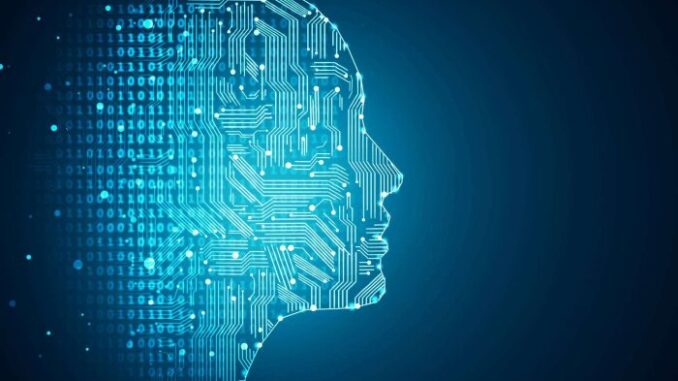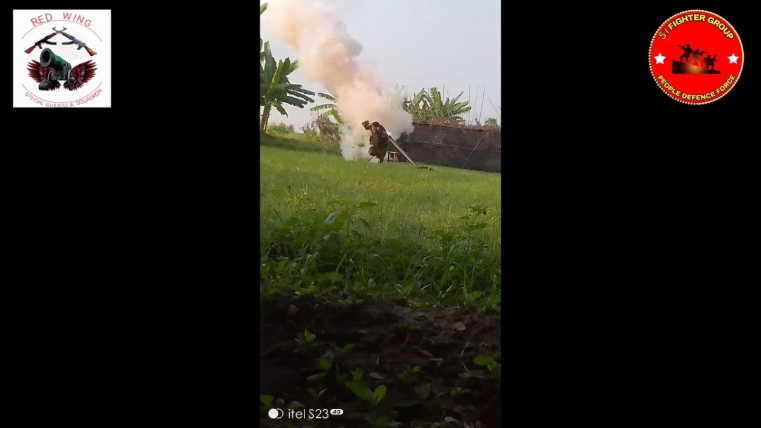
Technical AI standards refer to guidelines, protocols, and specifications designed to ensure the interoperability, safety, reliability, and ethical use of artificial intelligence systems.
These standards can be developed by various organizations, including international standardization bodies, industry groups, and governmental agencies. Here is an overview of key areas related to technical AI standards:








### 1. **Interoperability:**
– **Data Formats:** Standards for data representation, such as JSON, XML, or Protocol Buffers, to facilitate data exchange between AI systems.
– **APIs:** Specifications for Application Programming Interfaces (APIs) to allow different AI systems to communicate and work together.
### 2. **Performance and Evaluation:**
– **Benchmarking:** Standards for evaluating AI model performance, including metrics such as accuracy, precision, recall, F1-score, and AUC-ROC.
– **Testing Protocols:** Procedures for stress testing AI systems against various scenarios to ensure robustness.
### 3. **Robustness and Safety:**
– **Adversarial Testing:** Guidelines for evaluating AI systems against adversarial attacks and ensuring resilience.
– **Fail-Safe Mechanisms:** Standards for implementing safety protocols to prevent catastrophic failures in critical applications (e.g., autonomous driving, healthcare).
### 4. **Ethics and Fairness:**
– **Bias and Fairness Assessments:** Standards to evaluate and mitigate bias in AI models, ensuring equitable outcomes.
– **Transparency and Explainability:** Guidelines to ensure that AI decisions can be understood and interpreted by users and stakeholders.
### 5. **Data Privacy and Security:**
– **Data Protection Protocols:** Standards to ensure compliance with data privacy regulations (e.g., GDPR, CCPA) and safeguard personal data used in AI systems.
– **Secure Development Practices:** Guidelines for secure coding and development practices to prevent vulnerabilities in AI systems.
### 6. **Lifecycle Management:**
– **Model Governance:** Standards for the management and oversight of AI models throughout their lifecycle, including version control, auditing, and traceability.
– **Deployment and Maintenance:** Protocols for the safe deployment and regular maintenance of AI systems to ensure continued compliance and performance.
### 7. **Documentation and Reporting:**
– **Standardized Reporting:** Guidelines for documenting AI models, including technical specifications, training methodologies, and validation processes.
– **Usage Guidelines:** Best practices for documenting the intended use cases and limitations of AI systems.
### 8. **International Collaboration:**
– **ISO/IEC Standards:** Several international organizations, such as the International Organization for Standardization (ISO) and the International Electrotechnical Commission (IEC), are actively developing AI standards, including ISO/IEC JTC 1/SC 42, which focuses on AI.
### 9. **Sector-Specific Standards:**
– Different industries may develop their own specific standards for AI applications, such as healthcare (e.g., IEEE P2891 for AI in medical devices) or autonomous vehicles (e.g., SAE J3016 for automated driving systems).
### Conclusion
Establishing technical AI standards is essential for ensuring that AI systems are developed and deployed in a manner that is safe, reliable, ethical, and aligned with societal values. As the field of AI continues to evolve, collaboration among stakeholders—including industry leaders, researchers, policymakers, and ethicists—is crucial to create comprehensive and effective standards.

Leave a Reply